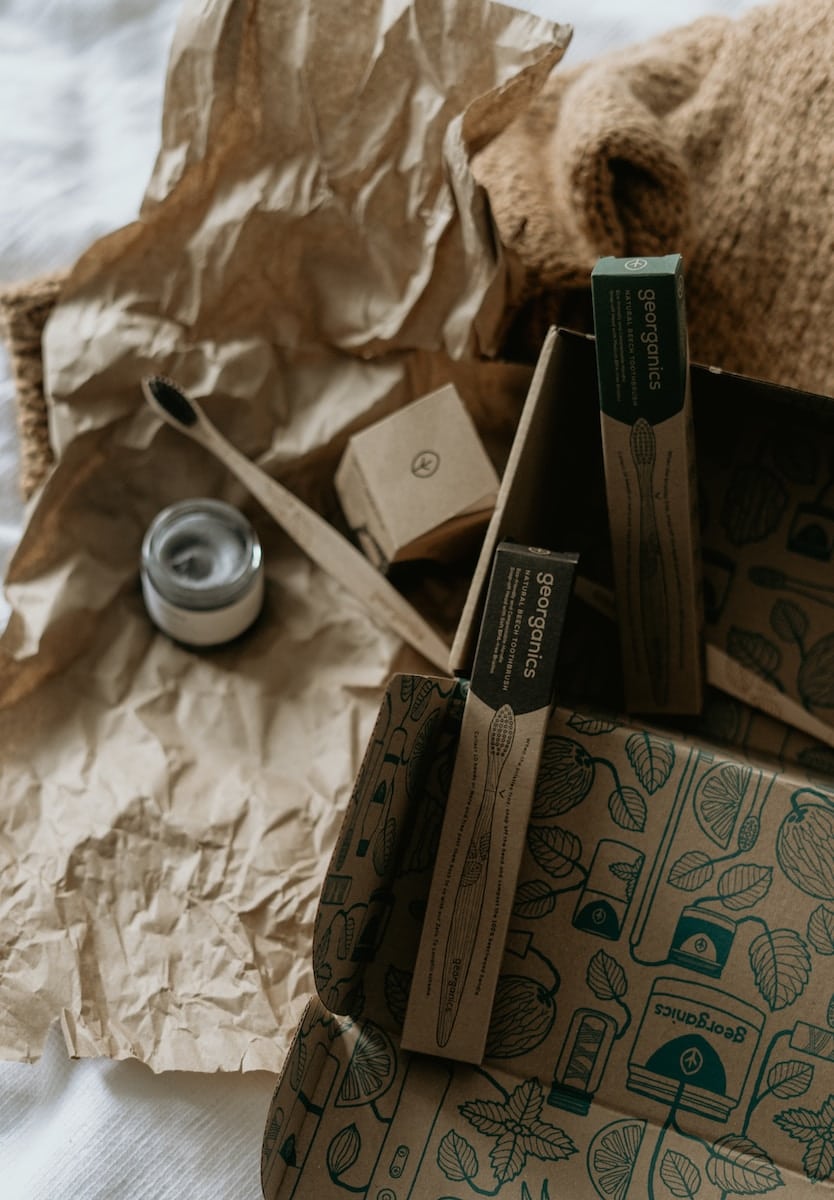Eco-friendly insulation: keeping your home warm and sustainable

In our quest to create more energy-efficient and eco-friendly homes, insulation is a critical factor. A well-insulated home is not only comfortable and warm, but it also helps us minimize energy use, reduce our carbon footprint, and save money on heating costs. Today, more than ever, there are a variety of eco-friendly insulation options available that are both effective at keeping your home warm and align with sustainable practices. This article will explore various environmentally-friendly insulation materials, such as wool, cellulose, and recycled materials, their benefits, and how they can turn your home into a green haven.
Insulation: An Essential Element for a Warm and Energy Efficient Home
Insulation refers to the use of materials designed to prevent heat or sound from being transmitted from one area to another. It’s a fundamental part of building design, affecting not only home comfort but also energy efficiency. The better your home is insulated, the less energy is needed for heating and cooling, resulting in lower energy bills.
Cela peut vous intéresser : Home fragrance: natural ways to scent your space
Traditional insulation materials have often been unfriendly to the environment, but the drive for sustainability and green living has stimulated the development of eco-friendly alternatives. These materials are not only effective at thermal insulation but also help reduce waste and energy consumption during their production process.
Wool Insulation: Natural and Renewable
One eco-friendly insulation option is wool. This natural material is not just for sweaters: it’s also an excellent insulator. Wool fibers trap air, creating a barrier that helps to keep warm air in and cold air out, making it an effective solution for home insulation.
En parallèle : Home brewing beer: the ultimate hobby for beer lovers
Sheep’s wool, in particular, is a sustainable and renewable resource. It can be harvested without harming the animal, making it a humane and ethical choice. Plus, at the end of its useful life, wool insulation can be composted, returning valuable nutrients back to the earth.
Wool insulation is not only thermal but also has excellent acoustic properties, helping to reduce noise levels in your home. It’s easy to install, safe to handle, and offers the added benefit of being naturally fire-resistant.
Cellulose Insulation: Recycled and Energy Efficient
Another remarkable eco-friendly insulation material is cellulose. Made primarily from recycled newsprint and other waste paper products, cellulose insulation is an excellent example of turning waste into a valuable resource.
Cellulose insulation is treated with safe, non-toxic chemicals to make it fire and pest resistant. It offers superior thermal insulation, helping to keep your home warm in winter and cool in summer. Given its loose-fill nature, cellulose can be easily installed in attics, walls, and even hard-to-reach corners, providing comprehensive insulation coverage.
In terms of energy efficiency, the production of cellulose insulation requires significantly less energy than traditional insulation materials. This lower energy consumption reduces its overall carbon footprint, contributing to its eco-friendly status.
Recycled Material Insulation: Turning Waste into Warmth
Using recycled materials for insulation is another innovative and sustainable option. Various waste materials, such as plastic bottles and denim offcuts, can be processed and transformed into effective insulating materials.
One such example is recycled cotton or denim insulation. Made from post-industrial denim scraps, this insulation material is not only effective at air and heat control but is also safe to handle and install.
Similarly, PET plastic bottles can be recycled into insulation materials. The plastic is converted into a fiber, similar to polyester, which is then used to create insulating batts. These recycled plastic insulation options are durable, non-toxic, and offer excellent thermal performance.
Natural and Sustainable Insulation Options
Finally, there are a variety of other natural and sustainable insulation materials to consider. These include straw bale, cork, and hemp insulation, all of which are renewable, biodegradable, and offer good thermal performance.
Straw bale building techniques, for example, have been used for centuries, and provide an inexpensive and effective insulation solution. Cork, on the other hand, is harvested from the bark of the cork oak tree without causing any harm, making it a truly renewable resource. Similarly, hemp is a fast-growing plant that absorbs carbon dioxide as it grows, making it a carbon-negative material.
These natural insulation options not only help keep your home warm and eco-friendly, but also contribute positively to the environment by reducing waste and promoting sustainable resource use.
As you can see, there are a variety of green insulation options available to help make your home more sustainable and energy-efficient. By choosing eco-friendly insulation materials, you’re not only keeping your home warm and cozy but also contributing to a healthier planet.
The Impact of Eco-friendly Insulation on Indoor Air Quality
A lesser-known benefit of eco-friendly insulation materials is their impact on the indoor air quality. Traditional insulation materials, like fiberglass and spray foam, can release harmful substances into the air. This can lead to poor indoor air quality and even health problems over time. On the other hand, eco-friendly insulation materials like sheep wool, cellulose, and recycled materials tend to be non-toxic and safe for home environments.
For instance, wool insulation is not only a wonderful thermal regulator but can also absorb and release moisture without losing its thermal efficiency. This ability to regulate humidity levels contributes to a healthier indoor environment, reducing the risk of mold and dampness issues.
Similarly, cellulose insulation is treated with safe, non-toxic chemicals, making it harmless for both the environment and residents. It does not release dangerous gases and maintains pleasant indoor air quality.
Recycled material insulation, such as recycled cotton or PET plastic, is also free from harmful chemicals. They are treated to be fire and pest resistant, ensuring that they do not release any toxic fumes when exposed to heat.
Thus, choosing green insulation not only enhances the energy efficiency of your home but also contributes to a safer and healthier indoor environment.
Key Takeaways: The Benefits of Eco-friendly Insulation
In conclusion, the advantages of using eco-friendly insulation materials are manifold. They not only provide an effective solution to keep your home warm but also contribute significantly to energy efficiency and reducing carbon footprint.
Sheep wool, with its natural and renewable properties, provides excellent thermal performance and is naturally fire-resistant. Cellulose insulation, made from recycled materials, is a testament to turning waste into a resource, offering superior thermal insulation and lower energy consumption during production.
Options like recycled cotton or PET plastic are innovative ways to tackle waste, turning them into effective insulating materials with excellent thermal performance. Other natural and sustainable insulation options such as straw bale, cork, and hemp are renewable and biodegradable, and they also offer good thermal performance.
Moreover, these eco-friendly insulation materials contribute to maintaining healthy indoor air quality, ensuring the wellbeing of the residents.
In a world that is grappling with the impacts of climate change, it is our collective responsibility to make sustainable choices. Opting for green insulation is a step in this direction. It’s not just about keeping our homes warm; it’s about creating a healthier and sustainable future for us all.
Remember that the choices we make today for our homes can have a significant impact on our environment tomorrow. Choose eco-friendly insulation and contribute to a future that is not just cozy and warm, but also sustainable and responsible.
